From Reactive to Proactive: A Practitioner's Guide to Zero Trust After the F5 Breach
On October 15, the Cybersecurity and Infrastructure Security Agency (CISA) issued Emergency Directive (ED) 26-01 in response to a nation-state cyberattack targeting F5 BIG-IP devices. The directive, which outlines a clear and immediate plan for federal agencies to inventory, update, and secure their F5 assets, is a critical step in mitigating the immediate risks posed by this sophisticated threat. This incident, however, also serves as a catalyst for a broader conversation about the future of federal cybersecurity and the need to move from a reactive to a proactive security posture.
The limits of traditional security
The F5 breach exposed the inherent limitations of traditional, perimeter-based security models. The attackers, by exploiting exposed interfaces and outdated software, were able to gain a strategic advantage and threaten federal infrastructure. This highlights a fundamental flaw in the perimeter-based approach: the assumption of a trusted internal network. In today's distributed and hybrid environments, where network perimeters are increasingly irrelevant, a new approach is needed. Federal networks need a proactive framework to stay ahead of threats that exploit trusted systems.
Embracing a Zero Trust future, today
Zero Trust architecture, a security model that CISA has endorsed in its broader guidance, offers a path forward. It assumes no inherent trust, requiring continuous verification of users through multi-factor authentication, devices via endpoint checks, and software through integrity validation. Had zero trust principles been fully implemented, the F5 vulnerabilities would have posed less risk, as every access attempt would face strict scrutiny. The directive aligns with zero trust by emphasizing secure configurations but highlights the need for agencies to adopt these principles more comprehensively.
A practitioner's guide to implementing Zero Trust
The path forward
The F5 breach is a stark reminder that the threat landscape is constantly evolving. As adversaries become more sophisticated, our defenses must adapt. By embracing a Zero Trust architecture, federal agencies can move beyond reactive, perimeter-based security and build a more proactive and resilient defense. For government organizations specifically, solutions that are aligned with federal mandates for Zero Trust helps accelerate compliance while strengthening security posture. The journey to Zero Trust is a marathon, not a sprint, but it is a journey that every organization must embark on to secure their critical assets and stay ahead of the threats of tomorrow.
On October 15, the Cybersecurity and Infrastructure Security Agency (CISA) issued Emergency Directive (ED) 26-01 in response to a nation-state cyberattack targeting F5 BIG-IP devices. The directive, which outlines a clear and immediate plan for federal agencies to inventory, update, and secure their F5 assets, is a critical step in mitigating the immediate risks posed by this sophisticated threat. This incident, however, also serves as a catalyst for a broader conversation about the future of federal cybersecurity and the need to move from a reactive to a proactive security posture.
The limits of traditional security
The F5 breach exposed the inherent limitations of traditional, perimeter-based security models. The attackers, by exploiting exposed interfaces and outdated software, were able to gain a strategic advantage and threaten federal infrastructure. This highlights a fundamental flaw in the perimeter-based approach: the assumption of a trusted internal network. In today's distributed and hybrid environments, where network perimeters are increasingly irrelevant, a new approach is needed. Federal networks need a proactive framework to stay ahead of threats that exploit trusted systems.
Embracing a Zero Trust future, today
Zero Trust architecture, a security model that CISA has endorsed in its broader guidance, offers a path forward. It assumes no inherent trust, requiring continuous verification of users through multi-factor authentication, devices via endpoint checks, and software through integrity validation. Had zero trust principles been fully implemented, the F5 vulnerabilities would have posed less risk, as every access attempt would face strict scrutiny. The directive aligns with zero trust by emphasizing secure configurations but highlights the need for agencies to adopt these principles more comprehensively.
A practitioner's guide to implementing Zero Trust
The path forward
The F5 breach is a stark reminder that the threat landscape is constantly evolving. As adversaries become more sophisticated, our defenses must adapt. By embracing a Zero Trust architecture, federal agencies can move beyond reactive, perimeter-based security and build a more proactive and resilient defense. For government organizations specifically, solutions that are aligned with federal mandates for Zero Trust helps accelerate compliance while strengthening security posture. The journey to Zero Trust is a marathon, not a sprint, but it is a journey that every organization must embark on to secure their critical assets and stay ahead of the threats of tomorrow.
On October 15, the Cybersecurity and Infrastructure Security Agency (CISA) issued Emergency Directive (ED) 26-01 in response to a nation-state cyberattack targeting F5 BIG-IP devices. The directive, which outlines a clear and immediate plan for federal agencies to inventory, update, and secure their F5 assets, is a critical step in mitigating the immediate risks posed by this sophisticated threat. This incident, however, also serves as a catalyst for a broader conversation about the future of federal cybersecurity and the need to move from a reactive to a proactive security posture.
The limits of traditional security
The F5 breach exposed the inherent limitations of traditional, perimeter-based security models. The attackers, by exploiting exposed interfaces and outdated software, were able to gain a strategic advantage and threaten federal infrastructure. This highlights a fundamental flaw in the perimeter-based approach: the assumption of a trusted internal network. In today's distributed and hybrid environments, where network perimeters are increasingly irrelevant, a new approach is needed. Federal networks need a proactive framework to stay ahead of threats that exploit trusted systems.
Embracing a Zero Trust future, today
Zero Trust architecture, a security model that CISA has endorsed in its broader guidance, offers a path forward. It assumes no inherent trust, requiring continuous verification of users through multi-factor authentication, devices via endpoint checks, and software through integrity validation. Had zero trust principles been fully implemented, the F5 vulnerabilities would have posed less risk, as every access attempt would face strict scrutiny. The directive aligns with zero trust by emphasizing secure configurations but highlights the need for agencies to adopt these principles more comprehensively.
A practitioner's guide to implementing Zero Trust
The path forward
The F5 breach is a stark reminder that the threat landscape is constantly evolving. As adversaries become more sophisticated, our defenses must adapt. By embracing a Zero Trust architecture, federal agencies can move beyond reactive, perimeter-based security and build a more proactive and resilient defense. For government organizations specifically, solutions that are aligned with federal mandates for Zero Trust helps accelerate compliance while strengthening security posture. The journey to Zero Trust is a marathon, not a sprint, but it is a journey that every organization must embark on to secure their critical assets and stay ahead of the threats of tomorrow.

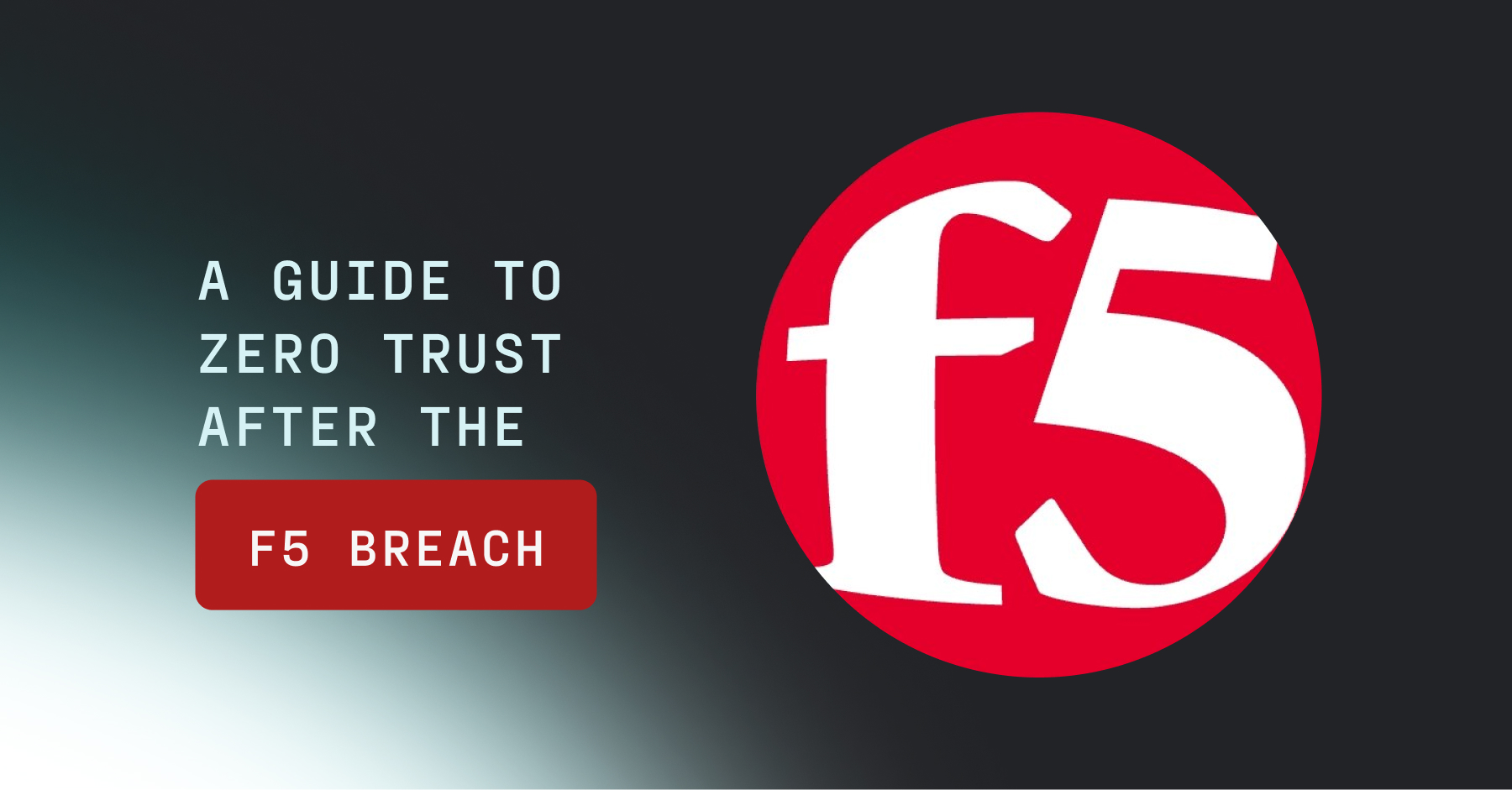






.jpg)
.jpg)
.jpg)
.jpg)
.jpg)
.jpg)
.jpg)
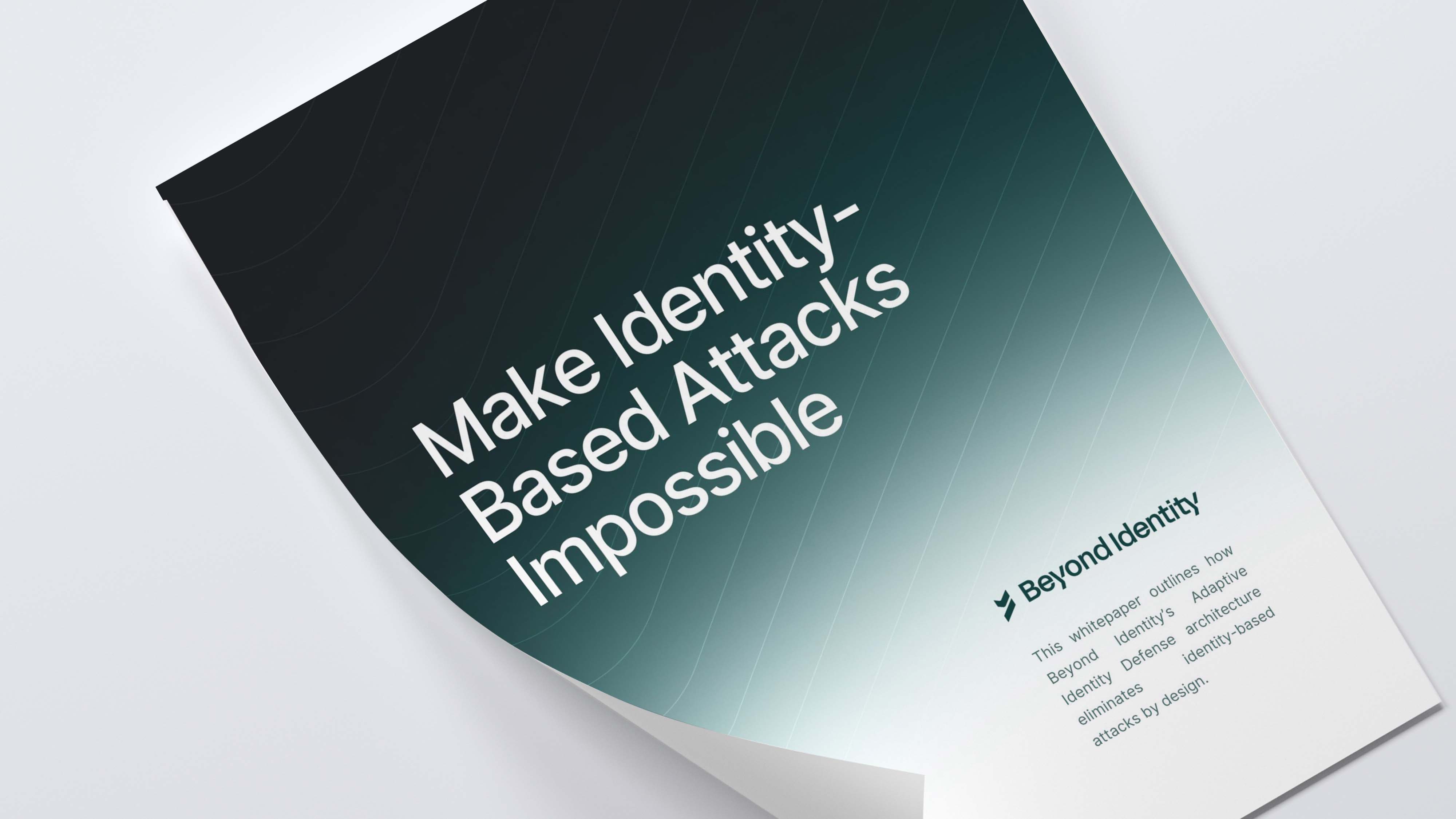
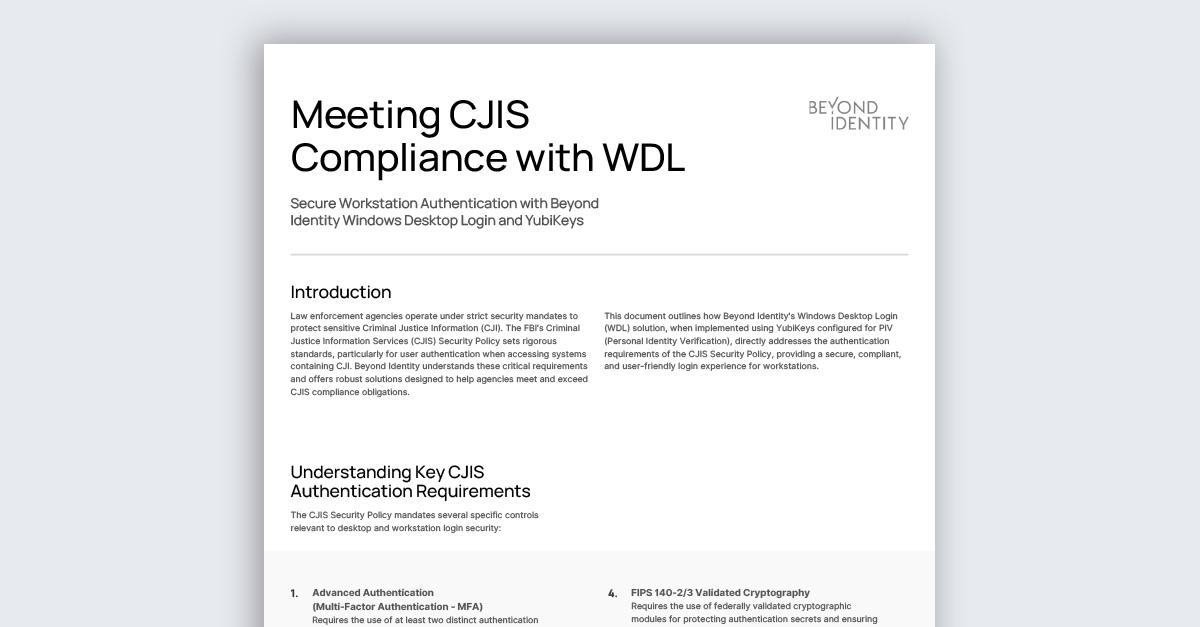
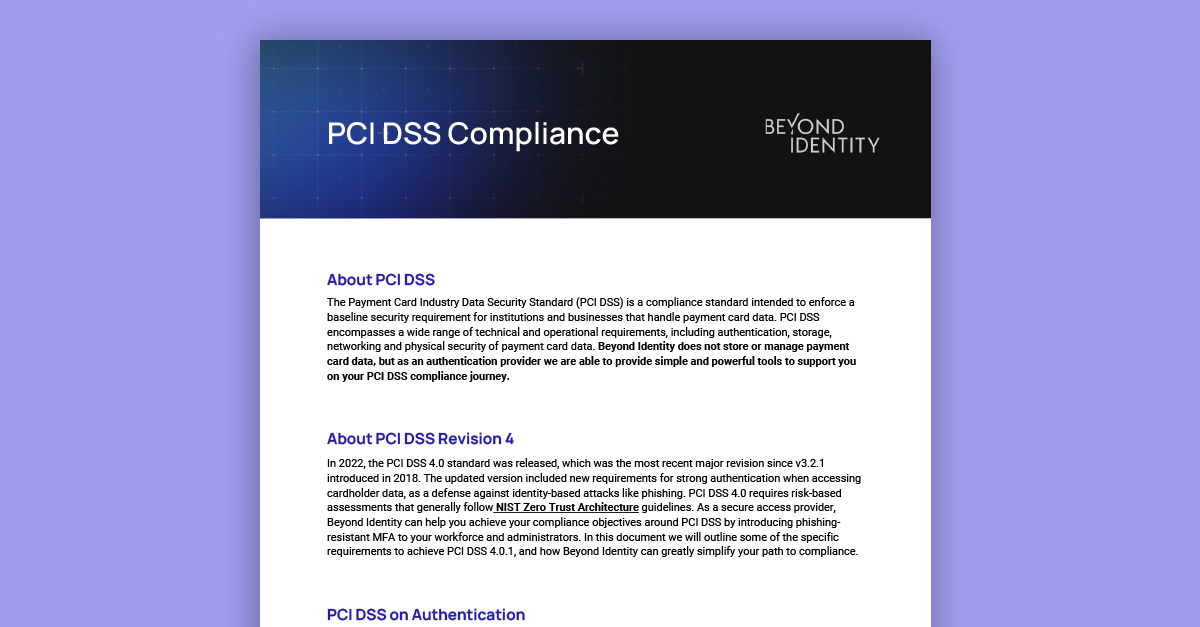
.jpeg)
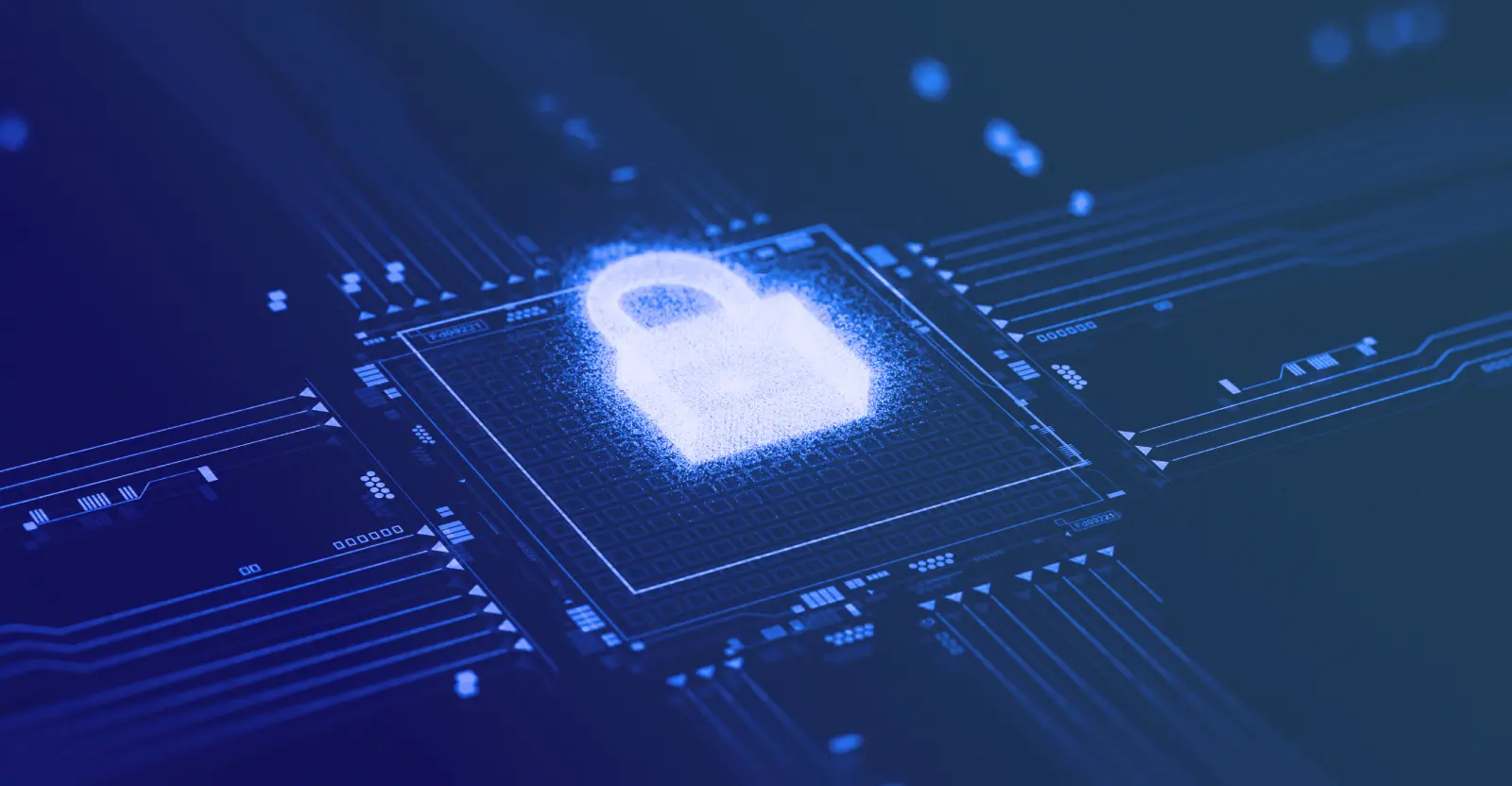
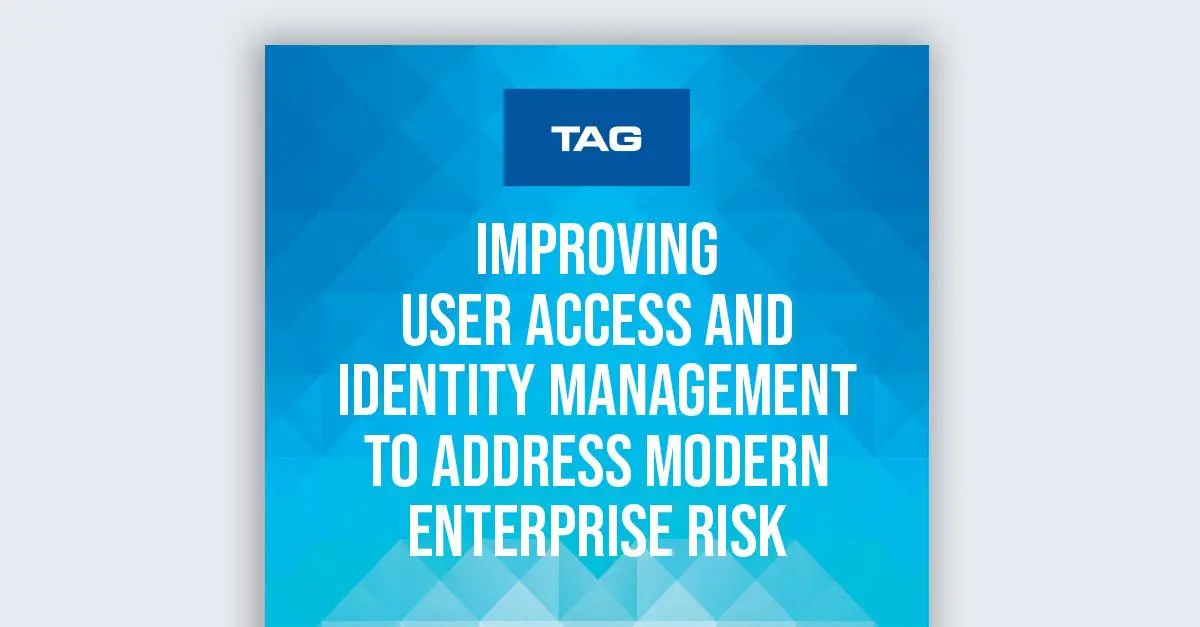
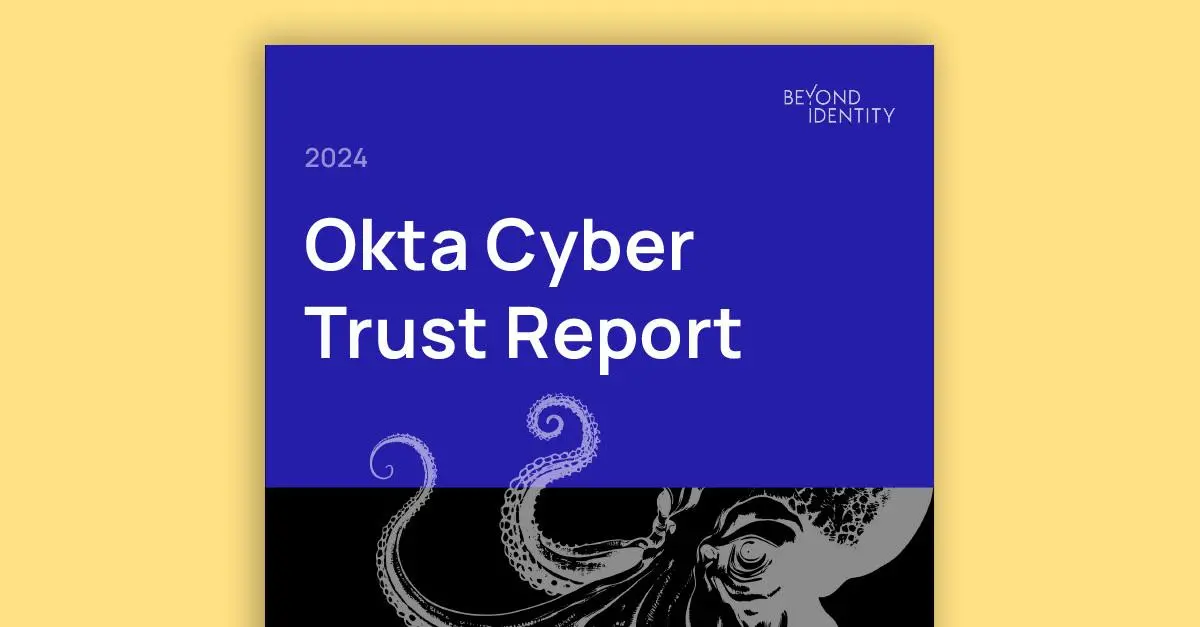



.png)

